In this blog post, we delve into our approach to humanizing public transport data: leveraging service design to bridge the gap between platforms and people through simple stories and visualizations.
At the UK’s Department for Transport, Thoughtworks has been working on public transport data since 2020, transforming the National Public Transport Access Nodes (NaPTAN) into a modern digital service. This data powers journey planning for millions of citizens across the UK, so we understood the importance of building things right: open by default with users at the centre.
Our aim in sharing this example of our methodology is to inspire you to create stories and visualizations and humanize the data you’re working with.
Beryl's bus experience
Beryl is meeting her friend Beverly for lunch. She arrives at the bus stop and sees on the Real Time Information board that the next bus will arrive in 20 minutes.
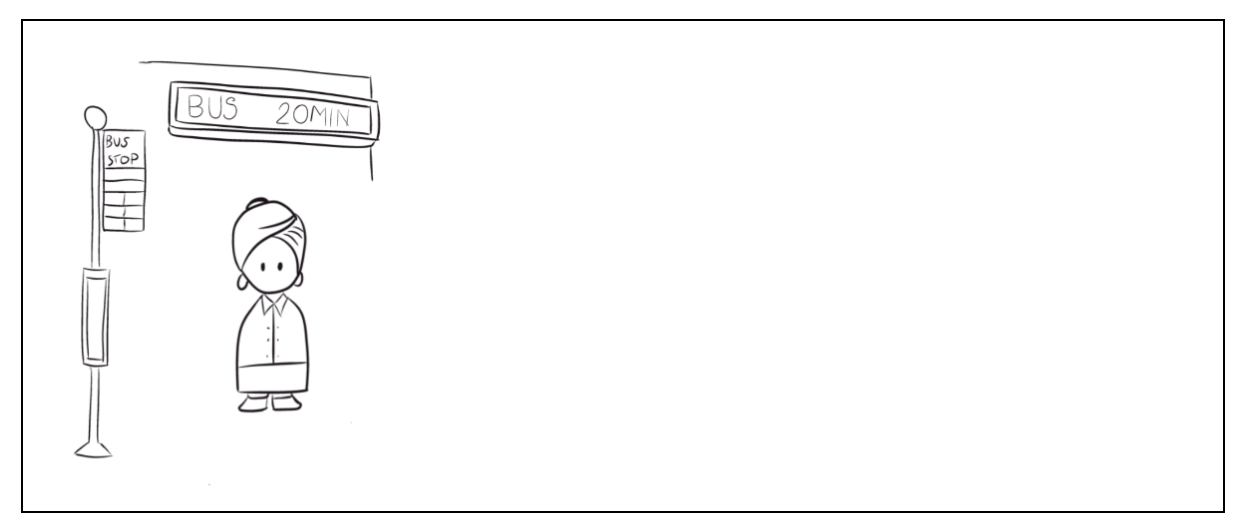

After 20 minutes, the display shows “Bus Here” but the bus never arrives. Beryl feels anxious about being late to meet her friend, she doesn’t know when she will arrive.
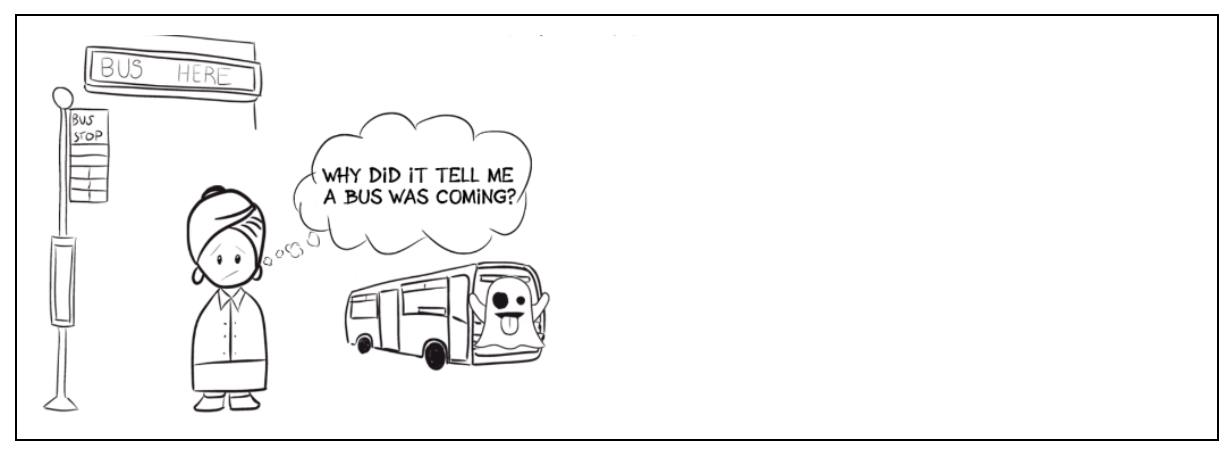

Beryl has experienced a ghost bus and it's not the first time. She is left feeling doubtful about the reliability of bus services. While meeting a friend may seem trivial, imagine the implications if Beryl were travelling to a medical appointment or a time-sensitive job interview.
Unravelling the mystery of ghost buses
Ghost buses, as we've come to call them, haunt our public transport systems, often due to issues with mobile networks or staffing problems at bus depots. These phantom vehicles, either failing to arrive as scheduled or appearing unexpectedly, can wreak havoc on passengers' plans and perceptions of reliability.
The three main causes of ghost buses
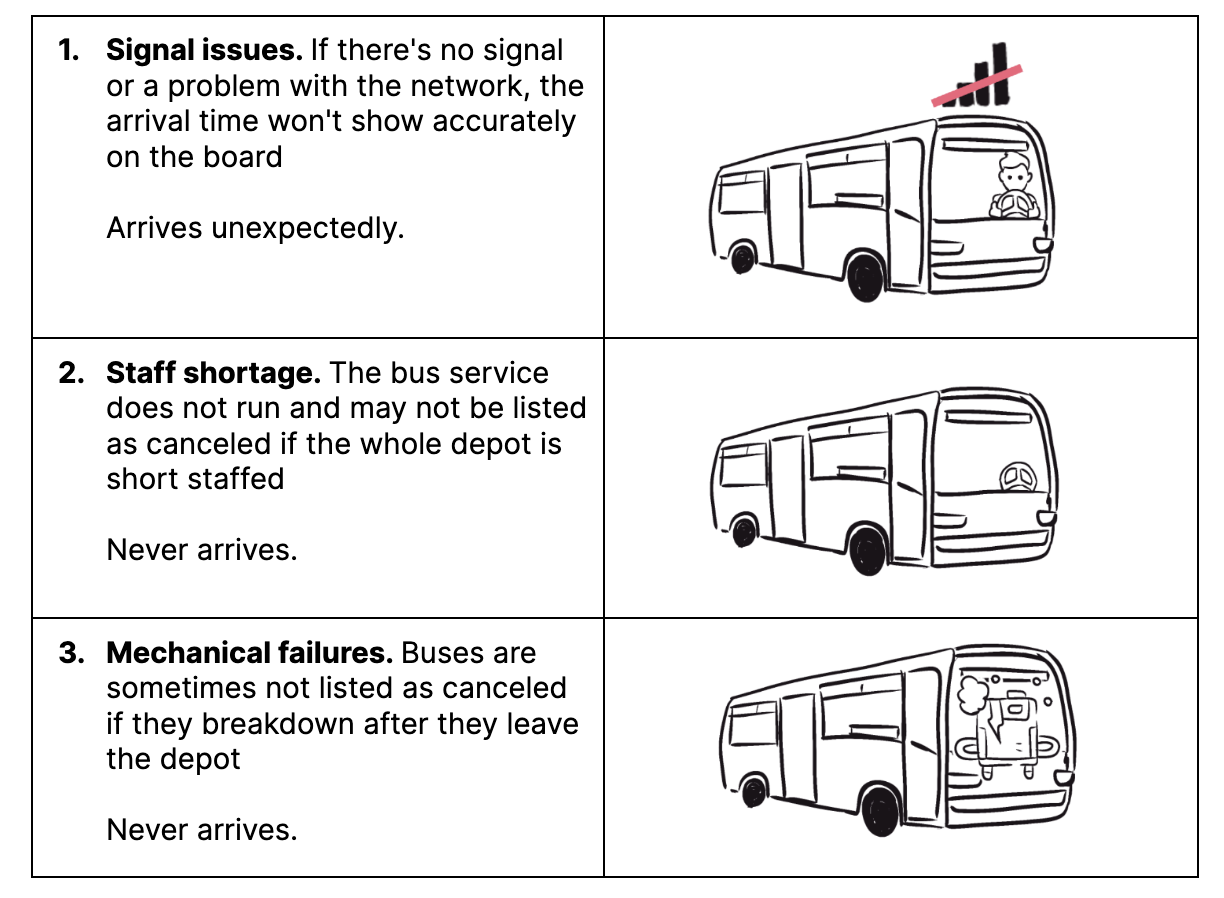

Why do ghost buses appear to be happening more?
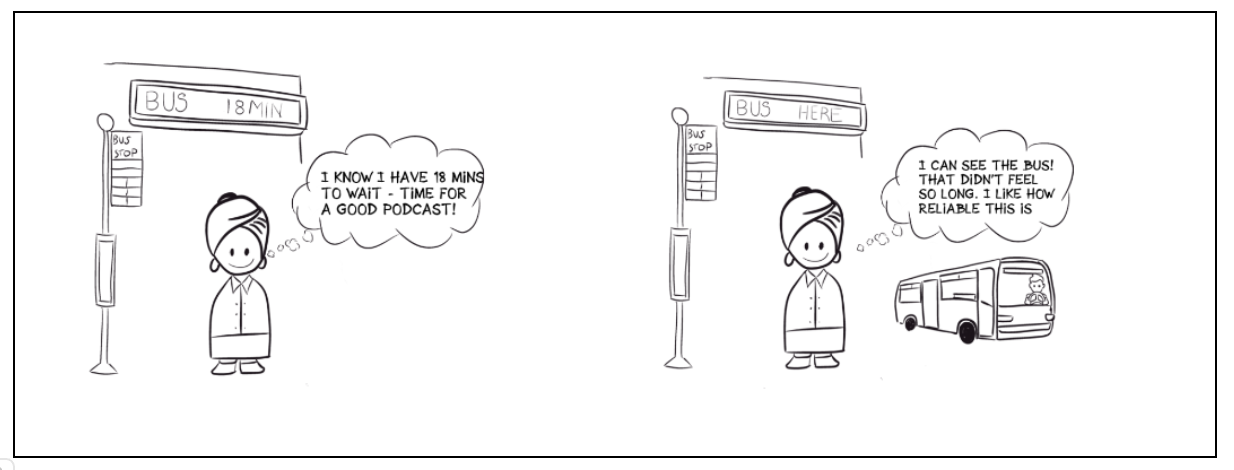

In recent years, Beryl’s confidence in Real Time Information boards has significantly increased thanks to improved network reliability and coverage.
However, with increased expectations on data accuracy, issues and gaps have become more obvious and painful to Beryl. While ghost buses have always existed it now feels like they are happening more often.
How do we fix this?
There’s a simple solution to reduce the occurrence of ghost buses: don’t display buses on the Real Time Information board unless their signal has been detected. This straightforward adjustment would reduce the primary pain point experienced by passengers like Beryl, who are left waiting for buses that never arrive.
Some ghost buses will still occur but these will be buses that unexpectedly arrive which is better for users than buses that never arrive.
The benefits for Beryl
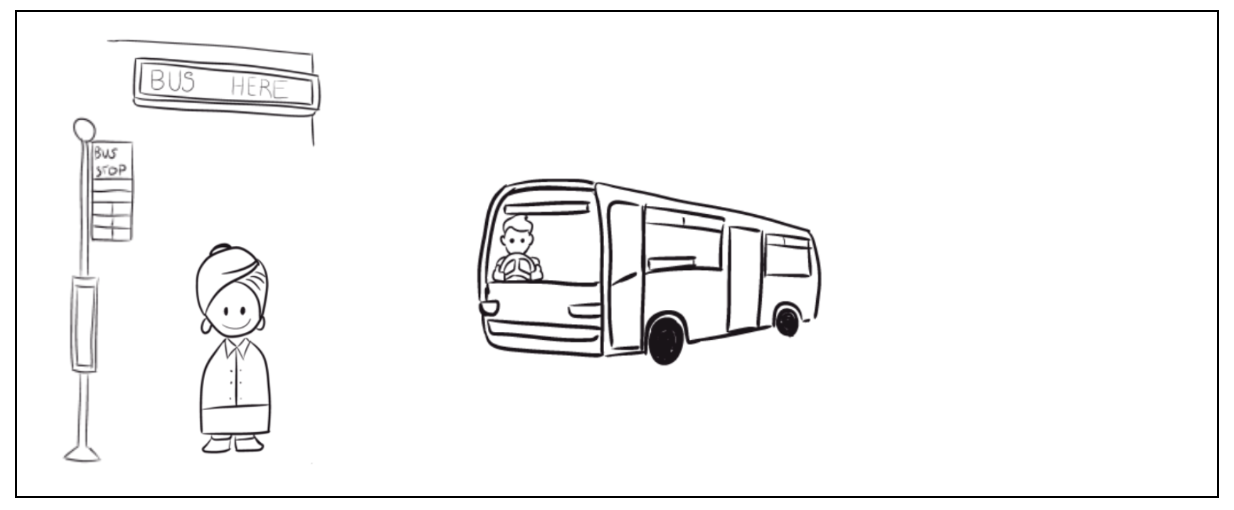

Fixing ghost buses would improve Beryl’s travel experience by:
Enabling her to make alternate travel plans so she doesn’t wait around for a bus that never arrives
Potentially catching an earlier bus than expected, reducing her waiting time
Furthermore, rectifying ghost buses doesn't just benefit passengers like Beryl, it has a positive effect across all users. In particular, it would reduce the impact on people with cognitive impairments or mental health conditions who find inconsistent and unreliable information really difficult to manage.
Moving forward
This proposed solution stems from our deep understanding of the public transport ecosystem, but it's essential to validate it with real-world transport users and solicit feedback to refine the idea further.
By applying service design principles and a user-centric approach, we can humanize public transport data, ensuring that it serves the needs of passengers like Beryl and ultimately enhancing their journey experiences.
Disclaimer: The statements and opinions expressed in this article are those of the author(s) and do not necessarily reflect the positions of Thoughtworks.


















